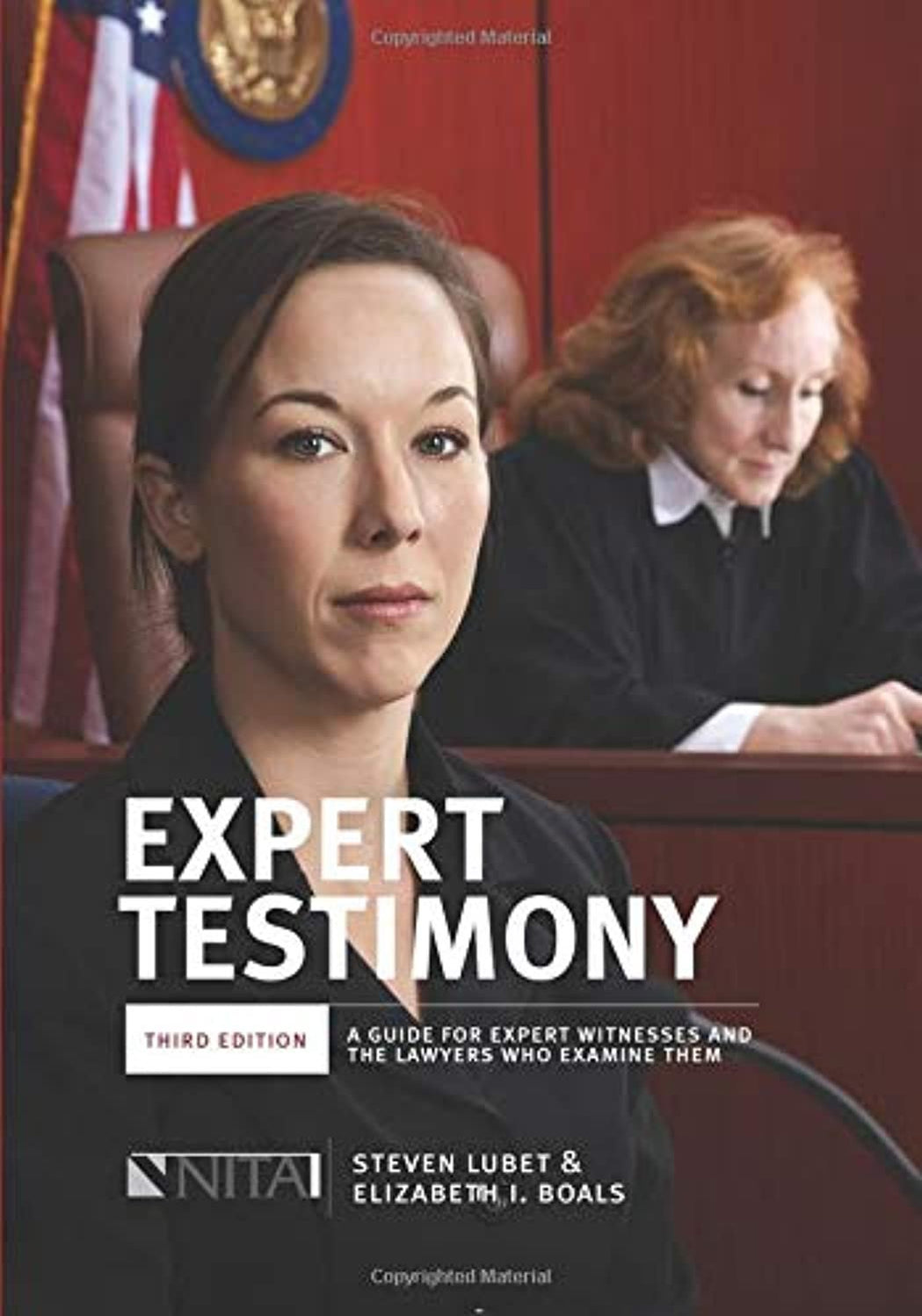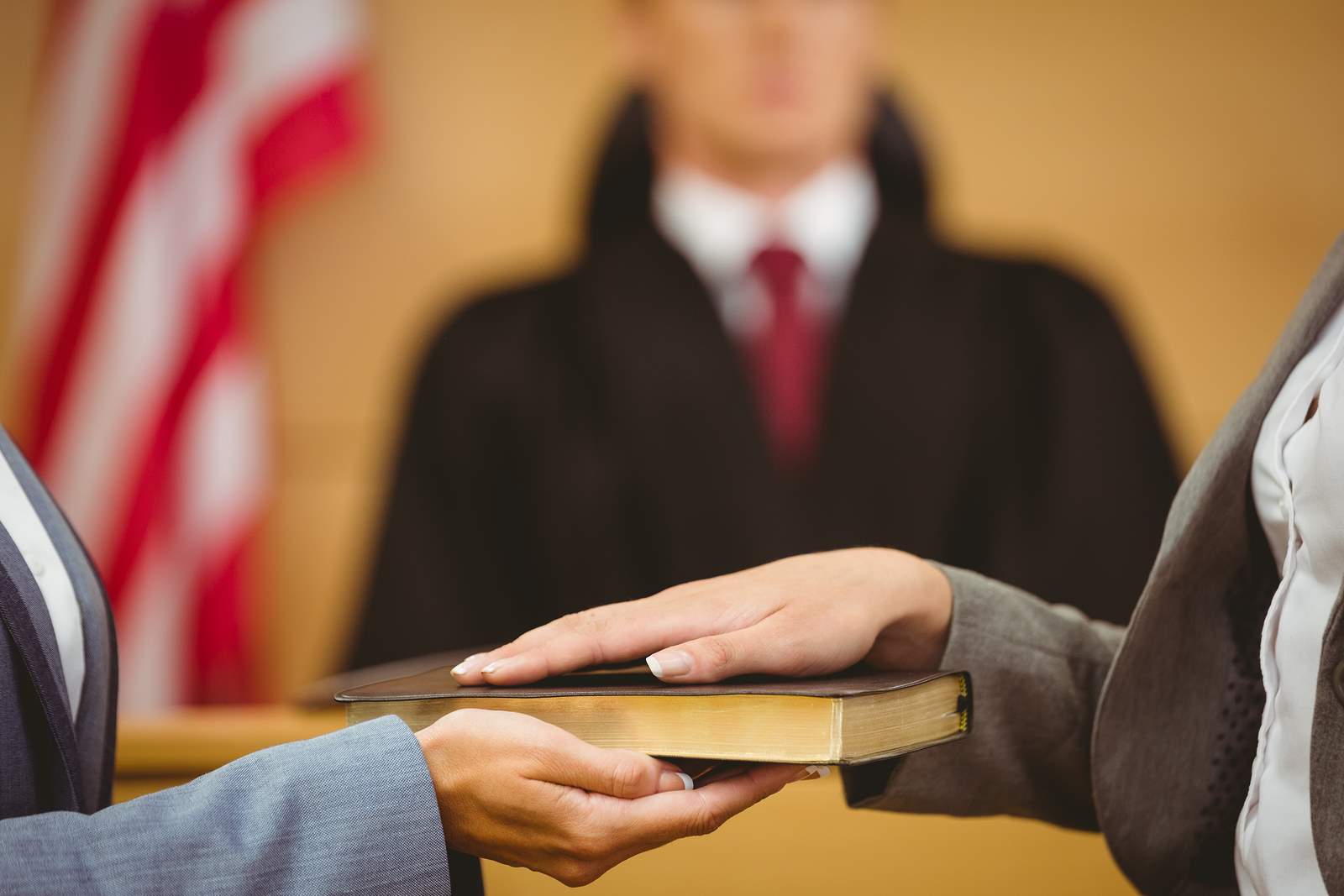

that it eliminated the need for time consuming hearings on admissibility.that it promoted uniformity of decisions.that the standard guaranteed a minimum number of knowledgeable experts.Many rationales have been offered to support the use of the Frye standard as a means of excluding evidence. Polygraphy, graphology, hypnotic and drug induced testimony, voice stress analysis, voice spectrograms, ion microprobe mass spectroscopy, infrared sensing of aircraft, retesting of breath samples for alcohol content, psychological profiles of battered women, and child abusers, post traumatic stress disorder as indicating rape, astronomical calculations, and blood group typing, all have fallen prey to influence.

For example, McCormick on Evidence reports: Often, new scientific evidence failed to survive this demanding standard. Many courts, faced with determining the admissibility of a wide array of scientific evidence, favored the Frye standard. Under Frye, the party proffering novel scientific evidence must show general acceptance by offering scientific publications, judicial decisions, evidence of practical use, or testimony by scientists on their peers' position regarding the evidence in question. Without explanation, the court of appeals chose "general acceptance" in the relevant scientific community as the standard for governing the admission of novel scientific evidence.

Just when a scientific principle or discovery crosses the line between the experimental and demonstrable stages is difficult to define. In an oft-quoted passage, the court crafted a standard to determine whether scientific evidence was sufficiently reliable to warrant consideration by a trier of fact:
#Expert testimony trial
In Frye, the Court of Appeals considered an appeal from a trial court's refusal to admit the results of a test based on systolic blood pressure, offered to prove the truthfulness of a defendant in a murder prosecution. Absent reliability, the evidence would not be relevant to the inquiry. 40 (1901-02) observed at the beginning of this century, expert evidence must be reliable in order to have some "possible weight" on an issue and be admitted for consideration by a trier of fact. U.S.Īs Judge Learned Hand in "Historical and Practical Considerations Regarding Expert Testimony", 15 Harv.L.Rev. The standard of reliability for expert testimony and the applicable procedures in federal courts in the years proceeding the landmark 1993 Daubert case had undergone significant change. The courts have also embraced procedures, including various forms of discovery providing for mandatory disclosure of witnesses "who may be used at trial to present evidence under Rules 702, 703, or 705," and requiring submission of written reports by expert witnesses, which give the parties and the courts greater opportunities to test the reliability of novel expert testimony. 1013 (D.C.Cir.'23), provided the standard that governed the introduction of expert evidence for more than half a century. Since the early part of this century, the federal courts have attempted to limit the uncertainty surrounding novel scientific evidence by establishing an evidentiary standard of reliability for scientific proof. Assessment Of Reliability Of Scientific Evidence Prior To Daubert Evidentiary Standard for Reliability of Novel Expert Proof Evidentiary Standard for Reliability of Novel Expert Proof 2.


 0 kommentar(er)
0 kommentar(er)
